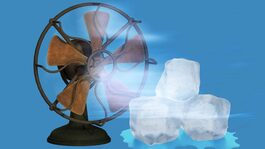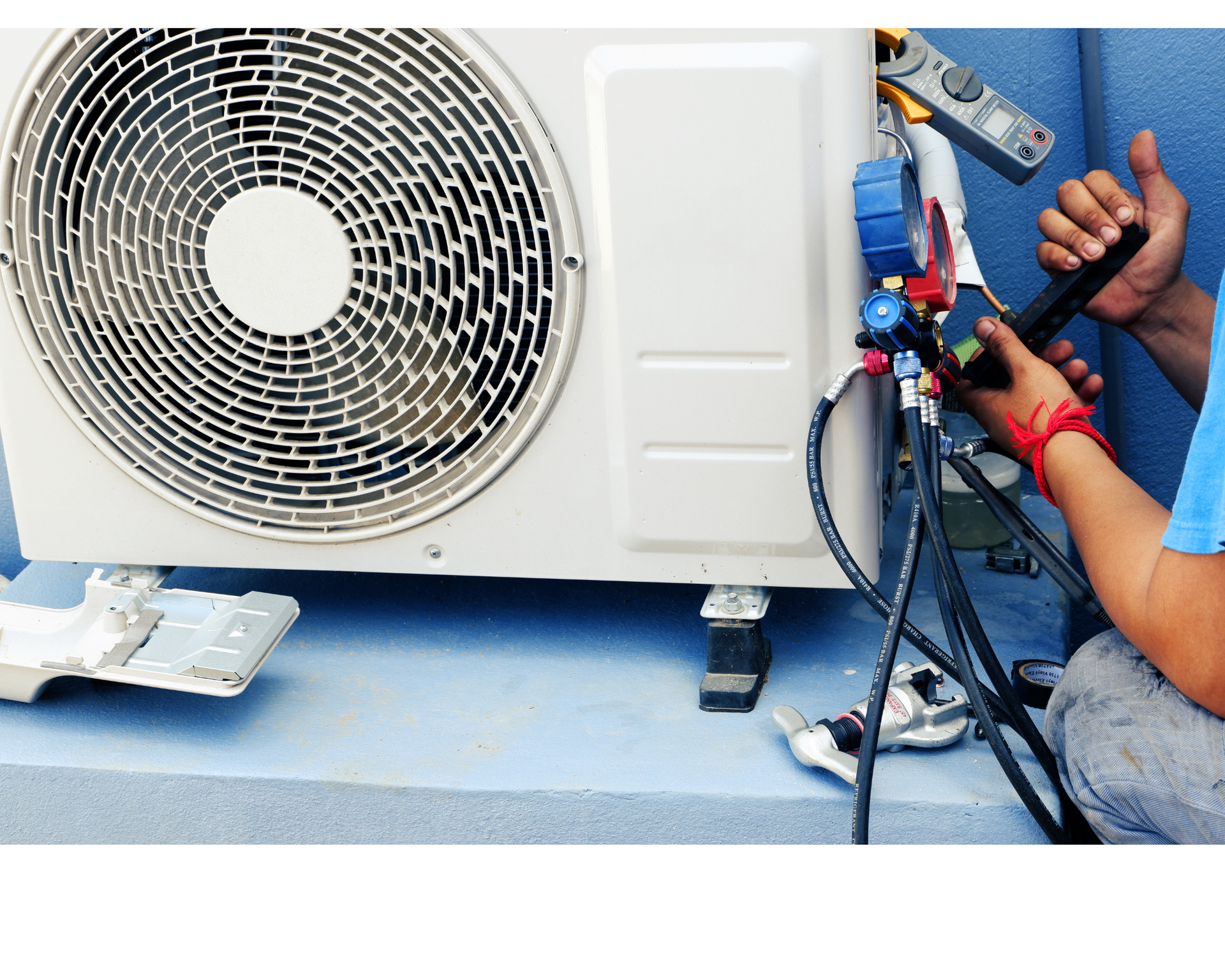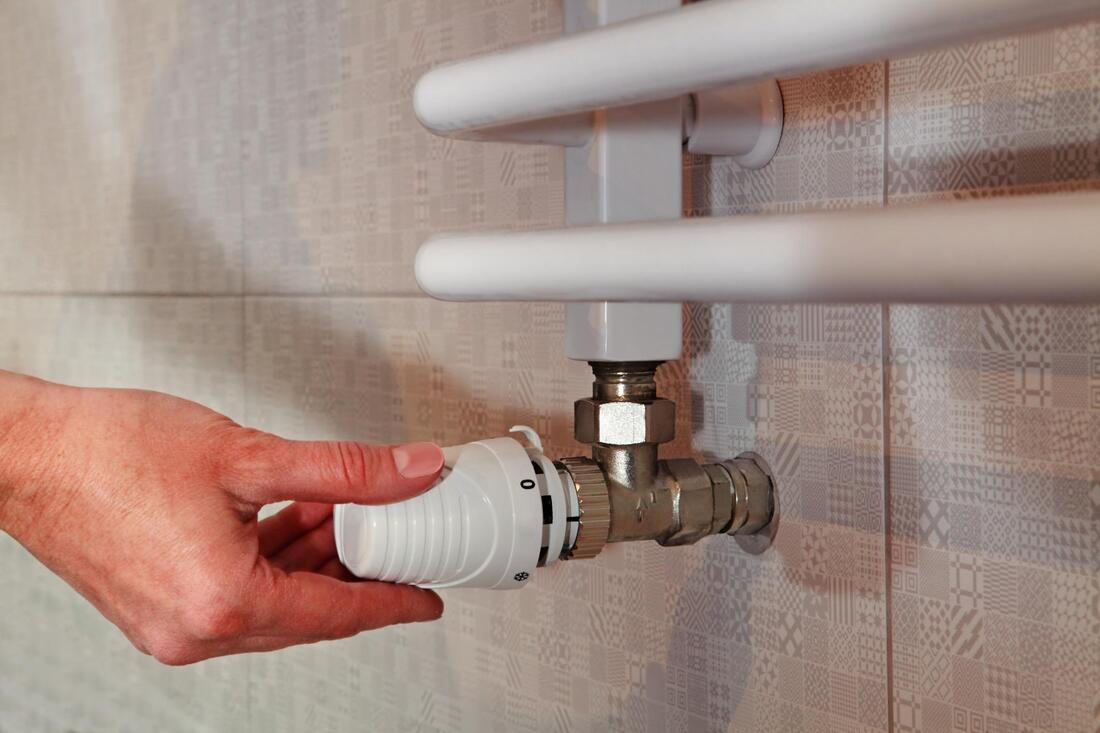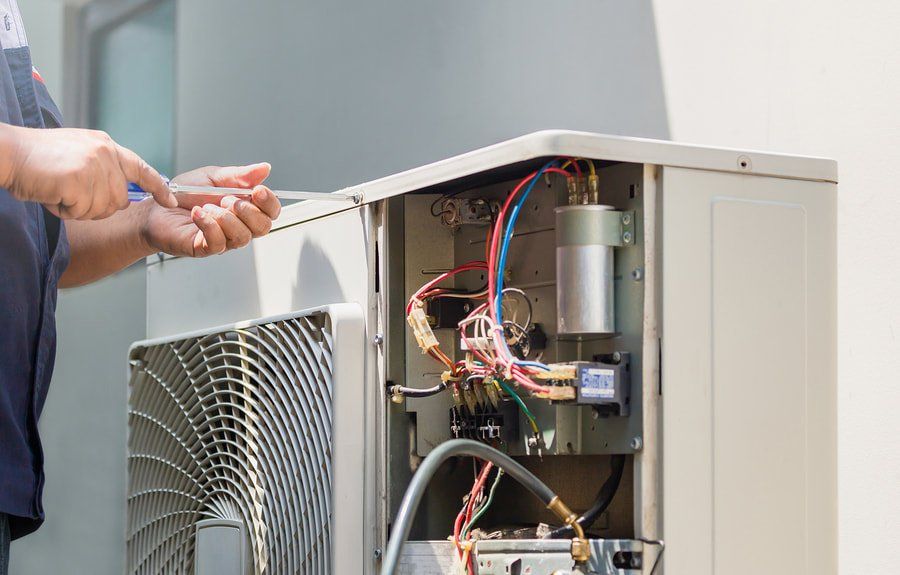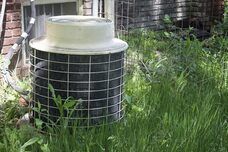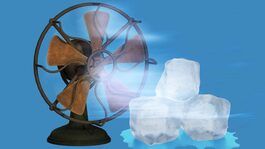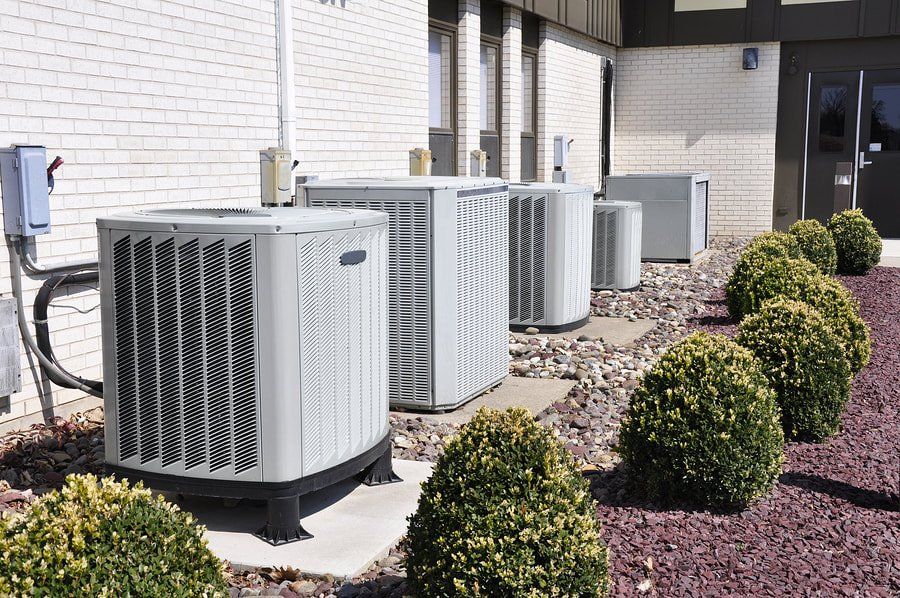The cost of cooling and heating a home, apartment or building is among the largest energy expenses most people face, according to the U.S. Department of Energy.
Currently here in southern California, you might be enjoying low utility bills, because we live in a region of nearly perfect weather in the Spring. But the days in the 90s and higher are coming faster than you can imagine. Before long, you will be running the air conditioning all day in order to stay comfortable. You could be in for big electric bills over the summer if your air conditioning system isn’t ready to perform at it’s peak efficiency. There are a few steps
you can take to prepare your AC for the warmer months ahead:
Change Your Air Filters While this seems like an obvious and easy step in HVAC maintenance, most people don’t do this frequently enough -- or in come cases, at all. Homeowners should be replacing the filters every 1 to 2 months to keep your air conditioning running smoothly.
Clean the A/C Unit’s Condensation Lines There is a tube or pipe that drains condensation away from your air conditioner which can become clogged. If it becomes clogged it almost certainly will lead to big problems. Normally, there is a drip pan to safeguard both the unit and your house. If the problem continues unabated, water could spill over the top of the drip pan and into your house. With a clog, water can backup into the air conditioning unit itself -- likely causing a hefty repair bill. Check to see if the condensation lines are flowing freely to the outside of the home.
You Can Install a Programmable Thermostat If you don’t already have one, a programmable thermostat can increase the overall efficiency (and energy savings) of your air conditioning system. The programmable thermostat is designed to automatically reduce the use of air conditioning during times when you don’t need cooling (i.e. times you are normally out of the house). These thermostats are fairly quick and easy to install yourself. If you run into problems, a professional can always step in to help get you back on track.
You Can Clean the Coils on the Outside Unit Over the winter, the outside unit of the air conditioning collects dust, dirt, leaves, etc. This is especially true if you don’t use a cover when not using the system. The accumulated debris can cause a markedly reduced efficiency, as the unit struggles to overcome the blockage. In the ase of mildly dirty units, you can disconnect the power to the unit and spray the outside of the unit with a hose. If the unit is heavily soiled, you may want to purchase a commercially prepared air-conditioner cleaner made for this purpose.
You Can Clean the Fins A good cleaning of the fins on the outside of your air conditioning unit will help it work better. You should use a soft brush like a toothbrush or small car care brush. Use the brush to carefully clean each fin. You don’t want to use force because you can easily bend the fins. If you do damage a fin or discover that one has already been damaged, you can use a variety of tools to straighten them out.
Conduct an Inspection of the Underlying Concrete Slab Once the outside unit is cleaned take a look at the concrete slab upon which the unit sits. You can use a level to see if the concrete slab is flat and level. If the slab is not level, the unit is probably working too hard to maintain the desired cooling point. You can fix an sloping slab by prying it up with a board and shoveling small amounts of gravel underneath until it is level.
Clear Debris From Around the Unit Overgrown plants, drifting leaves, or high grass can end up surrounding outside unit, reducing the air conditioner’s performance. Before using the AC unit in the summer, cut back any overgrown plants or grass. Remove any debris. Over the course of the summer, inspect the area surrounding the unit for these common blockages at least monthly.
Look to See if the Ductwork Has Any Leaks It may be obvious, but leaking ducts can seriously increase the unit’s workload — ducts that leak only 20% of the cooled air passing through them result in your system to work harder by 50%. Sealing duct leaks can generate significant savings on cooling your home. If you discover leaks, you can seal them with a duct tape displaying the UL symbol. Other types of tape that are backed by fabric or rubber can break down more quickly.
Let us know what measures you take to save energy while staying cool in the summer? Share with us in comments below or on our Facebook page.

